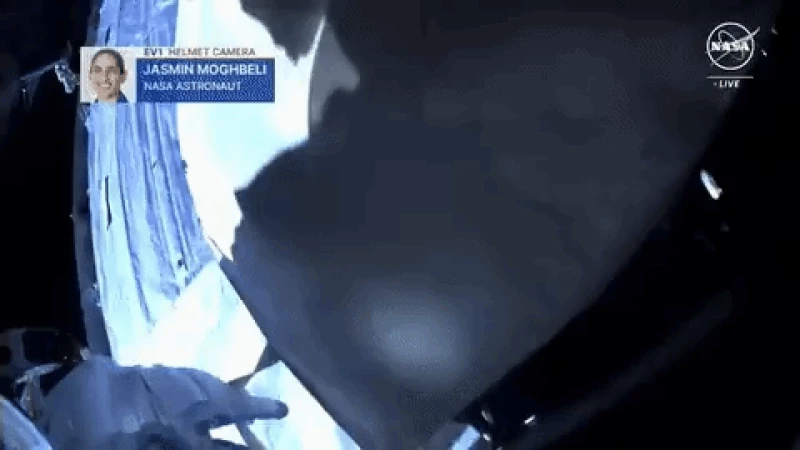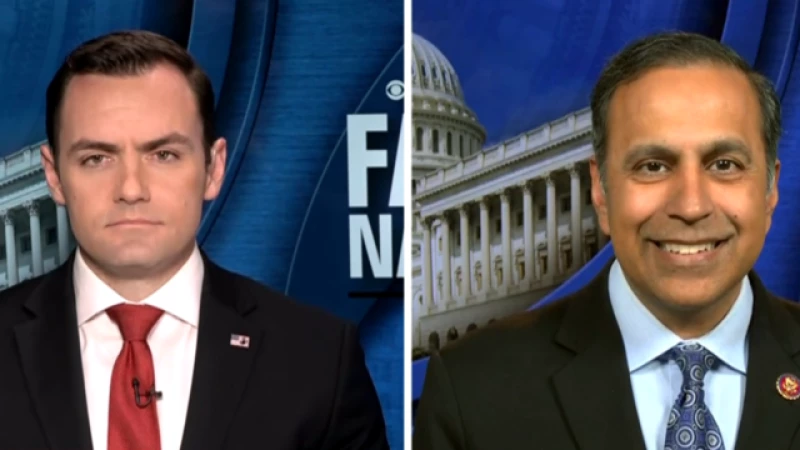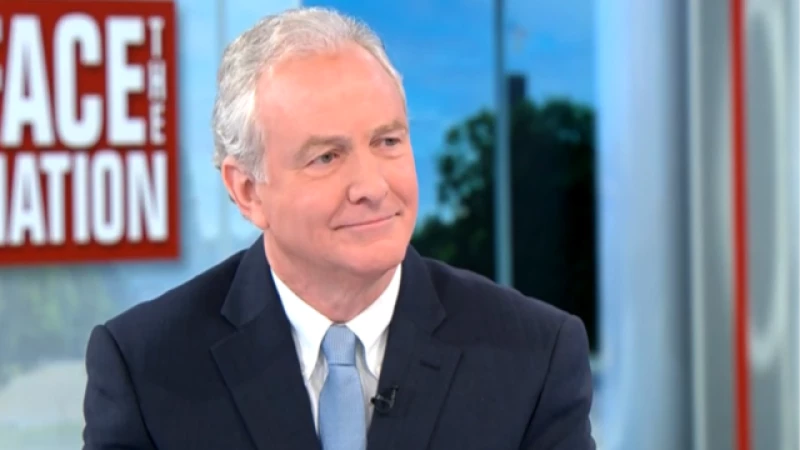A bag of tools lost by NASA astronauts during a space walk is now orbiting around Earth. During a nearly seven-hour spacewalk, Jasmin Moghbeli and Loral O'Hara, who are on the International Space Station, were replacing parts of the station when the tool bag was inadvertently lost, NASA said in a blog post.
"Flight controllers spotted the tool bag using external station cameras, the blog post states. "The tools were not needed for the remainder of the spacewalk. Mission Control analyzed the bag's trajectory and determined that risk of recontacting the station is low and that the onboard crew and space station are safe with no action required."
While the tool bag is not a threat to the space station, it is now flying through space. Like all orbiters, the tool bag has been labeled: 1998-067WC/58229.
Video taken by Moghbeli shows the bag floating away. European Space Agency astronaut Meganne Christian shared the video on X, the platform formerly known as Twitter, saying the bag was last spotted by Japan Aerospace Exploration Agency Satoshi Furukawa.
Space Debris Tracking
N2YO, a blog that tracks more than 28,000 space objects, is following a bag labeled as satellite debris. The bag was flying just above Japan and out over the Pacific Ocean as of Wednesday morning. But it is moving very fast, according to N2YO's map. Read more
A lot of space debris, which isn't visible from Earth, moves very quickly in low Earth orbit, or LEO. Some space debris can move at 18,000 miles per hour.
NASA says LEO is an "orbital junk yard" and "the world's largest garbage dump," with millions of pieces of space junk orbiting in it – much of the debris is human-made, coming from space craft, satellites and other objects sent to space from Earth.
NASA has been looking for ways to limit space debris since 1979, but the high volume of space debris in LEO was caused in part by two events: the destruction of a Chinese spacecraft, Fengyun-1C, in 2007, and the accidental destruction of two American and Russian spacecraft, which collided in 2009. Both increased the debris in this area by about 70% and also increased the chances of other spacecraft colliding, NASA says.
There are no laws to clean up the nearly 6,000 tons of debris in LEO and removal is expensive.







